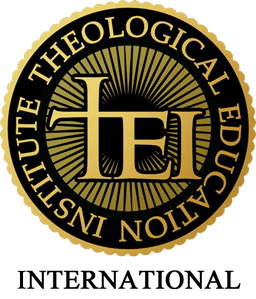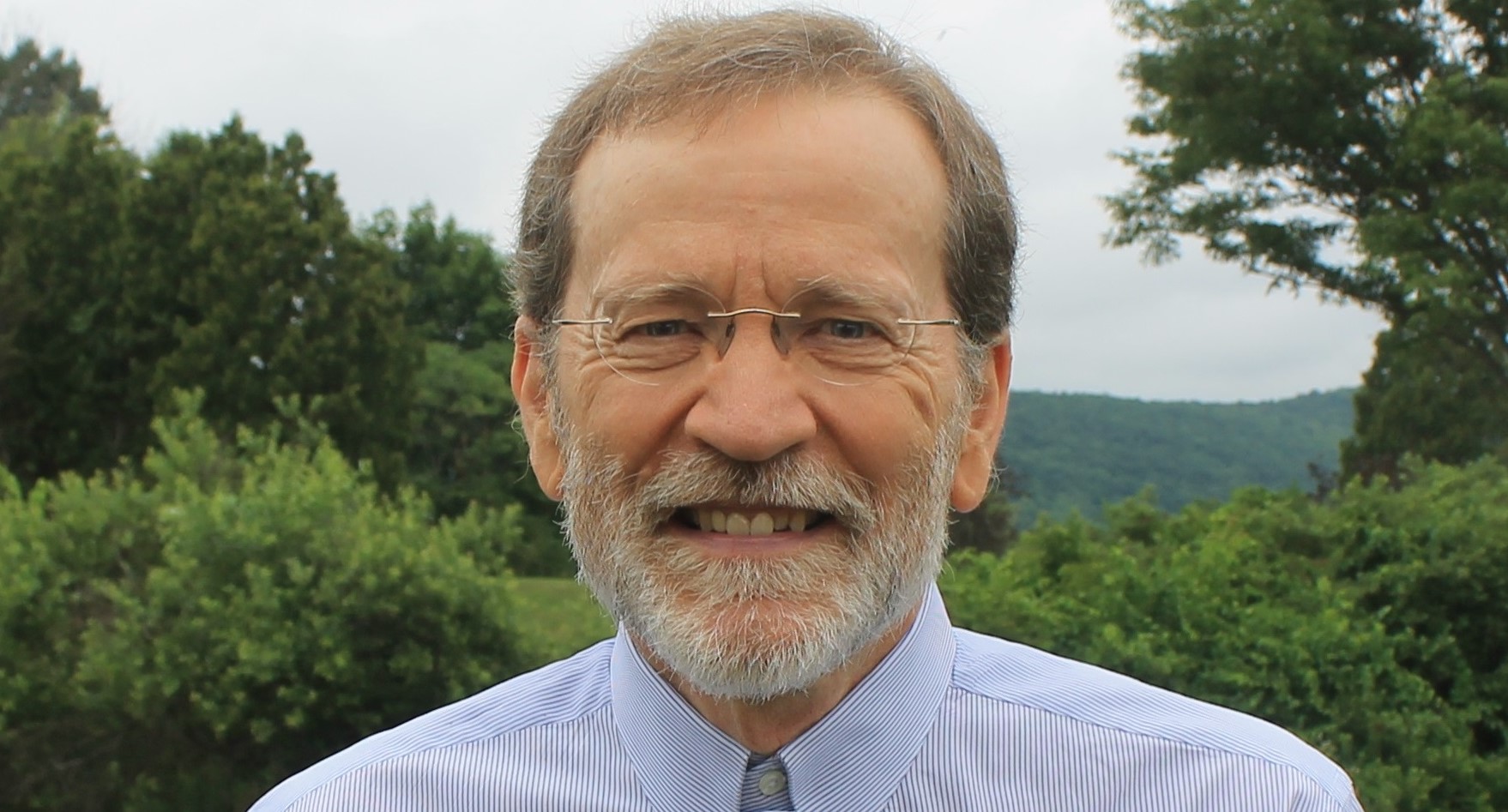Notes on the Sociology of Religion (5)
John C. Rankin
Berger, Peter, The Sacred Canopy: Elements of a Sociological Theory of Religion (New York, Anchor Books, Doubleday, 1967), pp. 3-101.
_________________
- Up front summary: Dialectic where human beings create social order, that order impacts human identity and action, and human consciousness is transformed.
- Background: born 1929 in Vienna, American sociologist and Lutheran theologian, Wagner College and New School; Hartford Seminary (1958-1963), New School for Social Research, Rutgers, B.C. and B.U. 1981ff; major books: The Social Construction of Reality (1966) and The Sacred Canopy (1967), A Rumor of Angels (1969): social reality as a form of consciousness; influence of Marx and Durkheim.
- Argument: Human society = enterprise of world-building.
- “Society is a dialectic phenomenon in that it is a human product, and nothing but a human product, that yet continually acts back upon its producer” (p. 3); “There can be no social reality apart from man … Man cannot exist apart from society” (p. 3).
- Three cardinal “moments” in this dialectical reality: externalization, objectification and internalization; a) externalization = “outpouring of human being into the world,” physical and mental (p. 4); b) objectivation = attainment, through such activity, of a reality that feeds back on the actors an external facticity or reality; c) internalization = the reappropriation of such reality, transformed into the structures of subjective consciousness – 1.“It is through externalization that society is a human product” (p. 4), 2. or, more simply put, human beings create social order, that order impacts human identity and action, and human consciousness is transformed: i] “becoming man” (p. 4) from “built-in instability” (p. 5), ii] humans create a world to which they need to add its stability for sake of survival, iii] “In sum, objectivation implies the production of a real social world, external to the individuals inhabiting it; internalization implies that this same social world will have the status of reality within the consciousness of these individuals” (p. 83), iv] “Consciousness precedes socialization” (p. 83).
- Culture, a product of society, is objective, and is a) “there,” and b) “there for everybody” (p. 10).
- “Above all, society manifests itself by its coercive power” (p. 11): a) does not = tyranny, but non-negotiable boundaries for participation therein; its reality is what compels.
- Collectivity of human activity is a sine qua non: a) society = an ongoing dialectic conversation; without which, it falters; b) 2. “Socialization, then, is always partial” (p. 83); c) objective nomos.
- “It is for this reason that radical separation from the social world, or anomy [anomos], constitutes such a powerful threat to the individual” (p. 21), for boundaries are breached and threaten all: a) danger of meaninglessness which = the true nightmare; b) death = most formidable problem for society; marginalizing powers of anomos; c) “This chaos must be kept at bay at all costs” (p. 24) – this = the driving need for society/socialization.
- Religion thus = protective social force: a) Establishes sacred cosmos (“sacred canopy”); b) the sacred “sticks out” (p. 26) from the profane – great dichotomy; c) yet, a dichotomized reality: religion emerges out of chaos, then has to subdue it; d) religion has power to pass social order from one generation to the next.
- Need for “reality-maintenance” at objective and subjective levels; the purpose for the social power of “legitimation.” Even if all opponents have been removed: a) “Religion has been the historically most widespread and effective instrumentality of legitimation” (p. 32); b) “It has been rightly said that society, in its essence, is a memory. It may be added that, through most of human history, this memory has been a religious one” (p. 41); b) “Set up religious legitimations” (p. 33); for society is man made – “The same human activity that produces society also produces religion” (p. 47); c) ancient form of analogue from “above” to “below,” as power for legitimation –Tao (right order), dharma (right action, social duty); d) “Put differently, the humanly constructed nomoi are given a cosmic status.
- Definition of religion: “The establishment, through human activity, of an all-embracing order, that is, of a sacred cosmos that will be capable of maintaining itself in the ever-present face of chaos” (p. 51); “Every human society is, in the last resort, men banded together in the face of death” (p. 51), and as they walk inevitably toward it.
- The problem of theodicy: a) Nomos requires transcendence of individuality in the face of anomos, thus requires a theodicy; b) anomos must be lived through; c) “This implicit theodicy of all social order, of course, antecedes any legitimations, religious or otherwise” (p. 55); d) “Theodicy proper, then, as the religious legitimation of anomic phenomena, is rooted in certain crucial characteristics of human sociation as such” (p. 55); e) fear of aloneness (anti-social essence) leads to denial, to self-annihilation, to a sadistic god: “The masochistic attitude, however, continues as important motif in a number of attempts at theodicy” (p. 57) – alienated consciousness = undialetical (p. 85) = overextension of anomos – 1. socially constructed theodicies in reaction to foreign conquest, famine, unjust distributions of world’s goods, illness, death etc., 2. need for an “opiate,” i.e., a plausible, society sustaining theodicy, 3. rational or irrational in nature, historically, but only the rational serve the society’s survival, 4. collective and individual merge in rituals which affirm the theodicy; “self-transcending participation” (p. 63); f) theodicies across the ages, from the primitive to the present – 1. mysticisms (i.e. Jalalu’l-Din Rumi); karma-samsara (cause and effect and wheel of reborths – dharma, caste, social engineering, merge into final abolition of both pain and individuality (atman-brahman); messianic-millenarian complexes; dualisms in Zoroastrianism and Gnosticism; Book of Job; incarnation of Jesus; Augustian “anthropodicy” (p. 78).
- Alienating propensity of religion: a) power as opiate to alienate from anomos, from problem of theodicy; b) otherness, religious experience, in contrast to the pain of the profane; c) “The awe and fascination of the totally other” as “a leitmotif of the encounter with the sacred” cannot be established scientifically or sociologically: “In other words, the ultimate epistemological status of these reports of religious men will have to be rigorously bracketed” (p. 88, final two words used twice before; d) “Put differently, whatever else the constellations of the sacred may be ultimately,” empirically they are the products of human activity and human signification – that it, they are human projections” (p. 89); e) “Not amenable to empirical inquiry” (p. 89), and thus “falsify” (p. 90) man’s consciousness toward socially constructed reality = alienation; f) process of mystification, mutatis mutandis; g) alienation in keeping marriage vows; h) “Denial of human choice” (p. 96); i) “Methodological atheism” (p. 100); j) alienation of religion = price paid for pursuit of meaningful universe.
- Critique: a) not only dialectical, but circular in reasoning, thus without a defined source; b) ontological nature of religion left amorphous, like the deity of deism; c) chaos is the stated origin – no different than Babylonian Genesis; d) theolicy is said to antedate all religious or other explanation – contra biblical Genesis; e) denial of human choice = pagan, not biblical; f) methodological atheism is rooted in an etymologically religious negation: a + theos.
###


